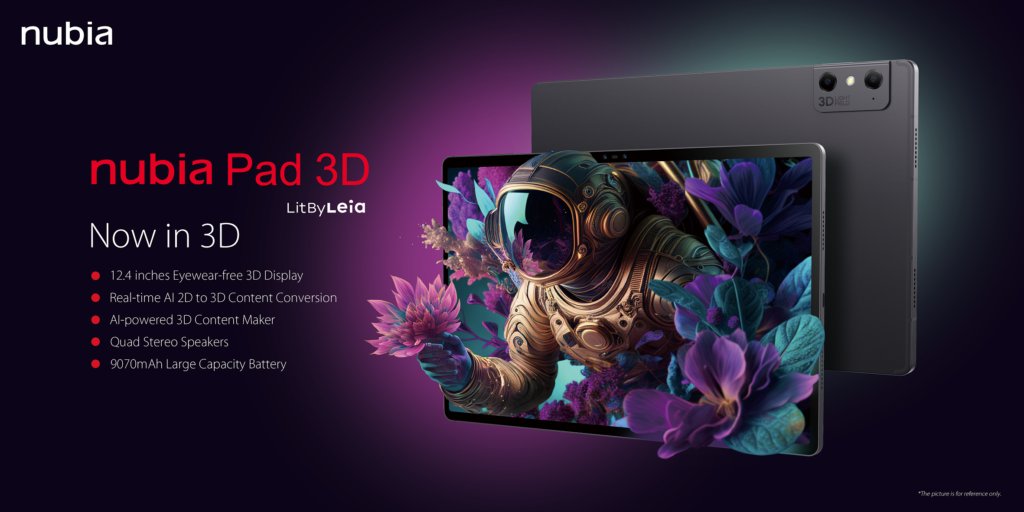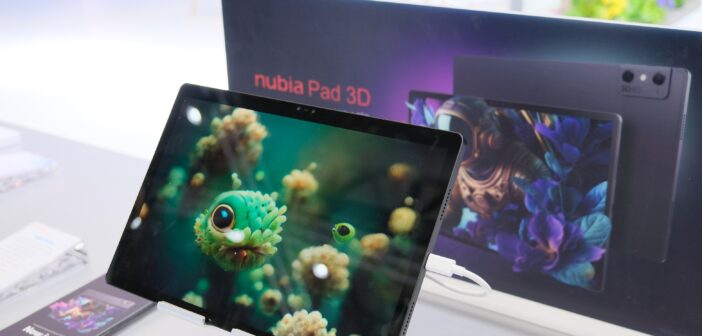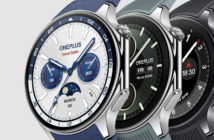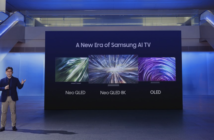It’s been a while since we’ve seen a device born out of the brief 3D-display craze that engulfed consumer electronics more than a decade ago. At this point, the Nintendo 3DS is probably the surviving (and arguably most popular) product to come out of that era, which saw a lot of mainstream OEMs try and capitalize on the 3D display trend.
Having said that though, it’s not too far-fetched to say that 3D might make a comeback, especially at this year’s Mobile World Congress. After all, we’ve seen some pretty unique takes on hardware at the event, and it’s only fitting that ZTE’s latest product arrives on the scene, with its own special set of surprises.
To be more specific, ZTE’s newest gadget is the Nubia Pad 3D, which comes equipped with a 3D display. The company aims to use this technology in new and inventive ways, allowing consumers to experience portable 3D in a new day and age.

In terms of internal hardware, the Nubia Pad 3D comes with the slightly-old Qualcomm Snapdragon 888 chipset, alongside UFS3.1, and LPDDR5 RAM. The display measures 12.4 inches, with a 2.5K adaptive dimming IPS LCD display, and a resolution of 2560×1600 pixels. The screen also features an adaptive 120Hz refresh rate, surrounded by a quad-speaker set-up that features Dolby surround sound. Powering the device is a pretty large 9070 mAh battery, that thankfully comes with a 33W fast charger.
As for its external styling, the Nubia Pad 3D is wrapped inside a metal body design, which is considerably light and portable, which comes in black. In terms of its 3D functionality, Nubia has gone all-out with the 3D features available on the tablet. The Nubia Pad 3D is capable of 3D playback and content creation, which Nubia says “adopts the principle of the human eye’s stereoscopic perception.”
The tablet also comes with a dual 16MP rear camera, which can record videos and shoot photos in 3D – if you’ve ever seen the camera set-up on a 3DS, this will be very similar in function. There’s also a dual 8MP front camera set-up, that can be used for 3D video calls, and Nubia says that this allows users to create high-quality 3D content, making 3D creation possible.
Nubia has also incorporated 3D-compatible software and applications based on Leia, which comes with a whole ecosystem of 3D capabilities for digital usage. This includes Stability.ai’s stable diffusion technology that works with LeiaDream to create generative art in 3D, SDK integrations with Unreal Engine, Unity, and many more. Nubia says that it will continue to collaborate with Leia to explore future possibilities of 3D vision with ecosystem partners, to develop more immersive 3D experiences for users.
With that being said, this is a particularly interesting approach to hardware on ZTE and Nubia’s part, since the 3D trend has been unheard of for a while. With the rise of AI-powered software though, it was only a matter of time before companies started to invest into research and development towards 3D-powered AI projects and experiences.




